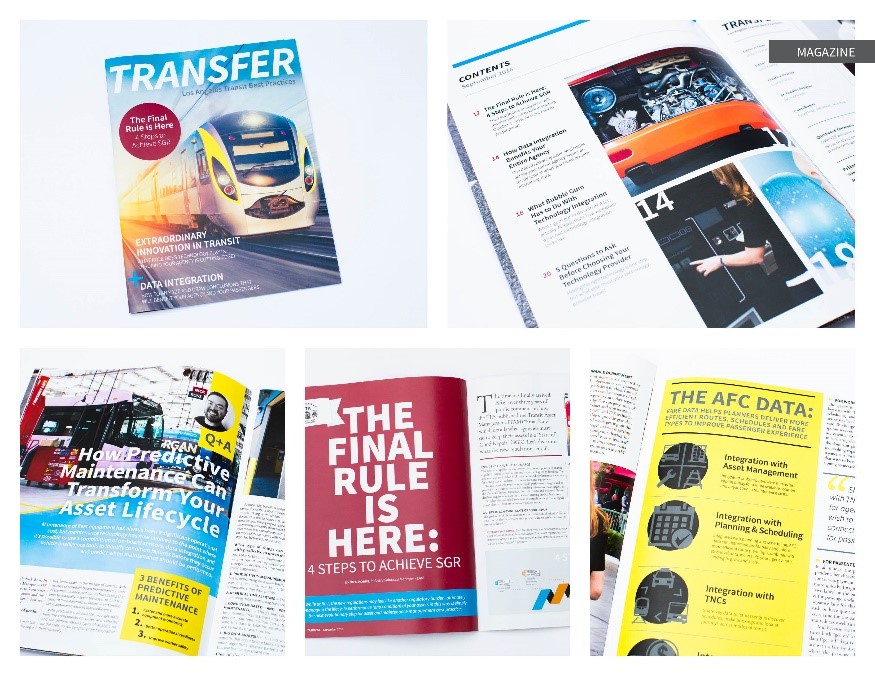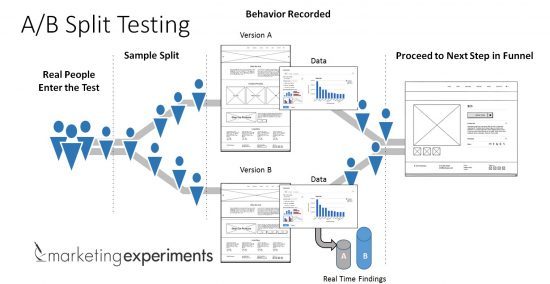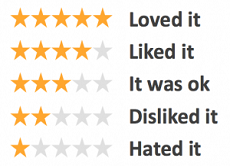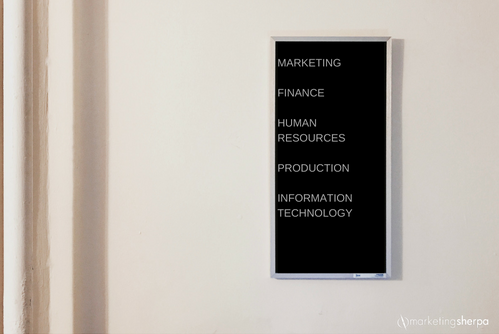“People don’t buy from websites, people buy from people.” This is an essential principle from the MECLABS Institute Landing Page Optimization certification course (from the parent research organization of MarketingSherpa).
With so much focus on martech, marketing org structure and website optimization, and channels ranging from print to digital advertising, this principle can be easy to forget.
Yes, marketing technology is powerful. Yes, the correct structure of the marketing department and IT department are necessary; and you certainly want a well-functioning website.
But this is just infrastructure. Mere roads.
You, dear marketer, are in the driver’s seat. You decide how to use these roads.
The most effective way to use them is to connect with other people. Remember that everyone behind the technology is a real, complex human. And everyone on the receiving end is a real, complex human with hopes and fears, needs and wants, goals and pain points.
Here are five examples to give you ideas for bringing humanity back to your marketing.
Example #1: Engage with influencers
Every B2B industry and B2C niche customer community has influencers. Rock stars to that specific group of people, even if no one in the general public knows who they are. They’re more than a brand or a logo; they’re a person. And when it’s the right person for your ideal customer, your customer deeply wants to learn from these influencers.
“I would say don’t be afraid to talk to your influencers in your industry. Engage them and try to partner with them,” said Mike Hamilton, Director of Marketing Programs, Exterro.
Exterro is a legal software company specializing in e-discovery. When it launched its vendor-neutral E-Discovery Day virtual event three years ago, the team was able to get a couple of key influencers on board. In Exterro’s case, a few of these influencers were federal judges.
Having federal judges speaking on a webcast back then was a big deal. So, Hamilton started calling other influencers in the industry and used the federal judges’ names as a proof point that E-Discovery Day was designed to be a day of education and not vendor-speak. Exterro opened it up to competitors, law firms, anyone in the industry. As a result of bringing all these influencers on board, the team was able to get more than 2,400 event attendees this year, an increase of 70% from 2016.
“If someone has a blog in your industry, and you think they write great content at the same audience as you, send them the email, or don’t be afraid to call them and just ask them what they’re doing, how they’re looking to grow their influence, and how you could potentially partner together. Because the reason why I think E-Discovery Day was so successful was we got buy-in from a lot of influencers in the community at the very beginning,” Hamilton said.
Example #2: Talk to one person … or account
Marketers can do amazing things with data and automation these days. However, sometimes it’s worth singling out important accounts and customers and giving them a more manual, human touch.
This may seem overwhelming at first, but if you analyze your most valuable customers to determine who your best customers will be, you may find that some version of the Pareto principle is at play. In other words, 80% of your revenue may come from 20% of customers.
Trapeze Group, a provider of hardware and software to the public transit industry throughout the world, took an account-based marketing (ABM) approach to try focusing and humanizing its marketing to specific accounts.
They started a pilot program with a public transit agency in the Los Angeles area, and positioned the ABM strategy in the business as “ensuring that it was not just a marketing or sales function but also that of project management and customer success,” said Michelle McCabe, Manager of Demand Generation and Marketing Operations, Trapeze Group North America.
For example, the team created a personalized magazine just for that account. The magazine contained a combination of custom content that was created from scratch for the people in that account as well as repurposed content. “We knew that some of the C-levels were a little bit more traditional. So we felt that a print magazine might speak to them a little bit more than something digital, which is why we went for a printed magazine versus digital specifically for this account,” McCabe said.


In addition, the team created a 3D-printed statue and sent it specifically to one person in the account. “It said the word ‘innovation’ because that spoke true to his role and his overall mission. He did receive it, and he thanked us for that, which was great,” McCabe recounted.
Read more…


















